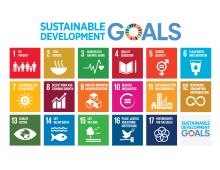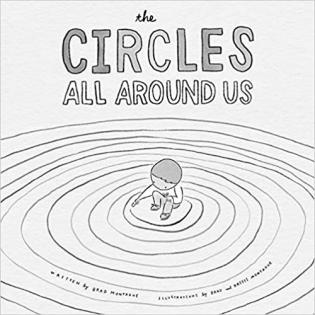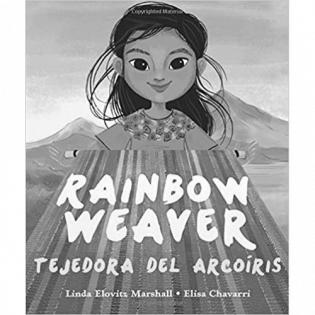We examine the authority to act, whether the authority comes from self or government. This lesson looks at our rights and responsibilities in the founding documents of our country. We discuss the purposes of the Constitution, Preamble to the Constitution, and the Bill of Rights.
Filter by subjects:
Filter by grades:
Filter by audience:
Filter by issue area:
Filter by content type:
Filter by resource type:
resource search
Learners make a talent chain for the group. This is a representation of the many strengths and talents each learner brings, making the whole group strong. A children's book sparks a joyful idea for community members to connect over art, and the learners establish a relationship with people at a...
Young people discuss the need for and examples of nonviolent conflict resolution. They promote the idea of taking action for change by organizing a rally for nonviolence.
Young people will compare and contrast the philosophies and work of Dr. King and Gandhi. They will determine a service they can provide to promote peace and nonviolence.
Learners compare the meaning of justice with fairness and distinguish the meanings of fair, just, equal, and equitable. They write a definition for each term and display it on the wall for the duration of the unit.
In a persuasive essay, learners describe the responsibilities of American citizenship and the cost of freedom. They connect how philanthropic action is a part of those costs. “Freedom isn’t free. It passes on an enormous debt to the recipient.”
We are all connected in a global community, and the United Nations' Sustainable Development Goals (SDGs) call us to action to make a better future for everyone. In order to be successful in reaching these goals, all citizens need to be aware of what the issues are and ways to take action. In this mini-course, we introduce the 17 SDGs and explore ways to bring the goals to life with youth. We guide awareness about the current 17 goals with tools to research and decide which issue participants care about most.
Draw a circle around yourself and consider the love you have inside. Then consider what happens when we share that love with the world. “The Circles All Around Us” challenges the reader to open themselves up to others and in doing so, make the world a better place.
Annabelle brings color to her bleak community even through many obstacles. Choose from activities and discussion questions to enjoy this creative and inspiring book together while exploring the philanthropic themes of personal power to act and perseverance. What do you have the power to do?



